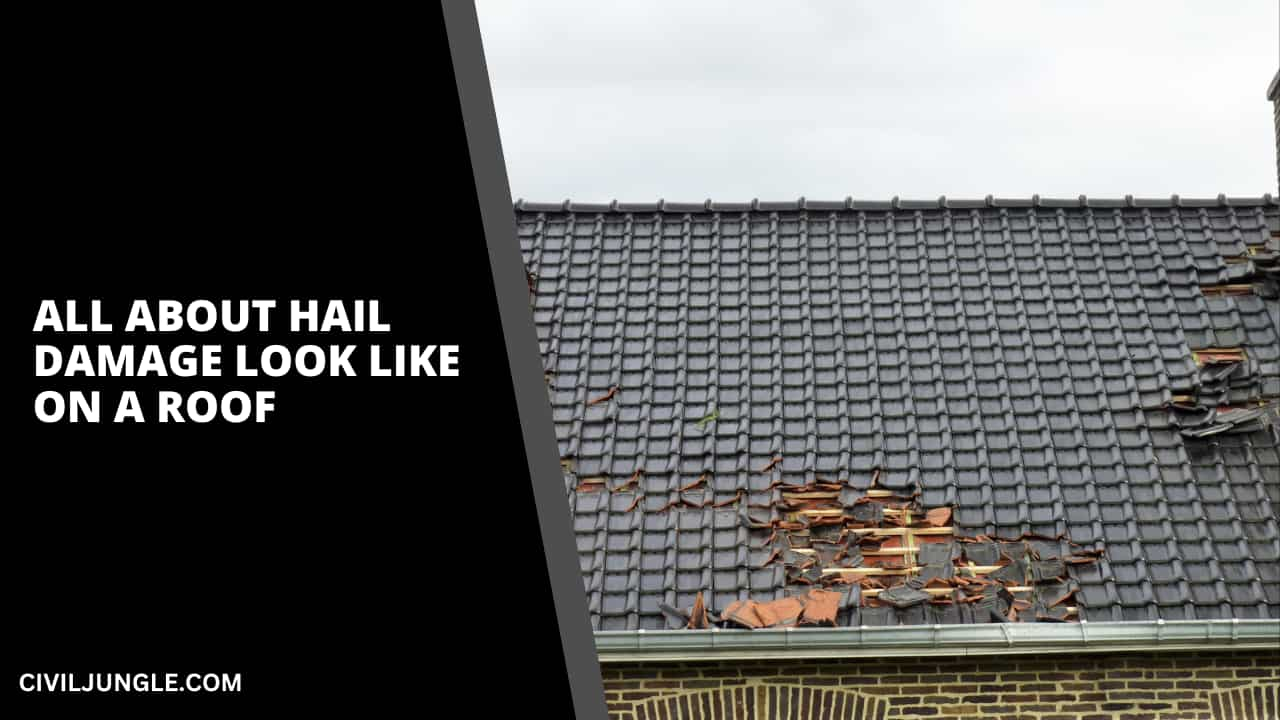
What Does Hail Damage Look Like on a Roof?
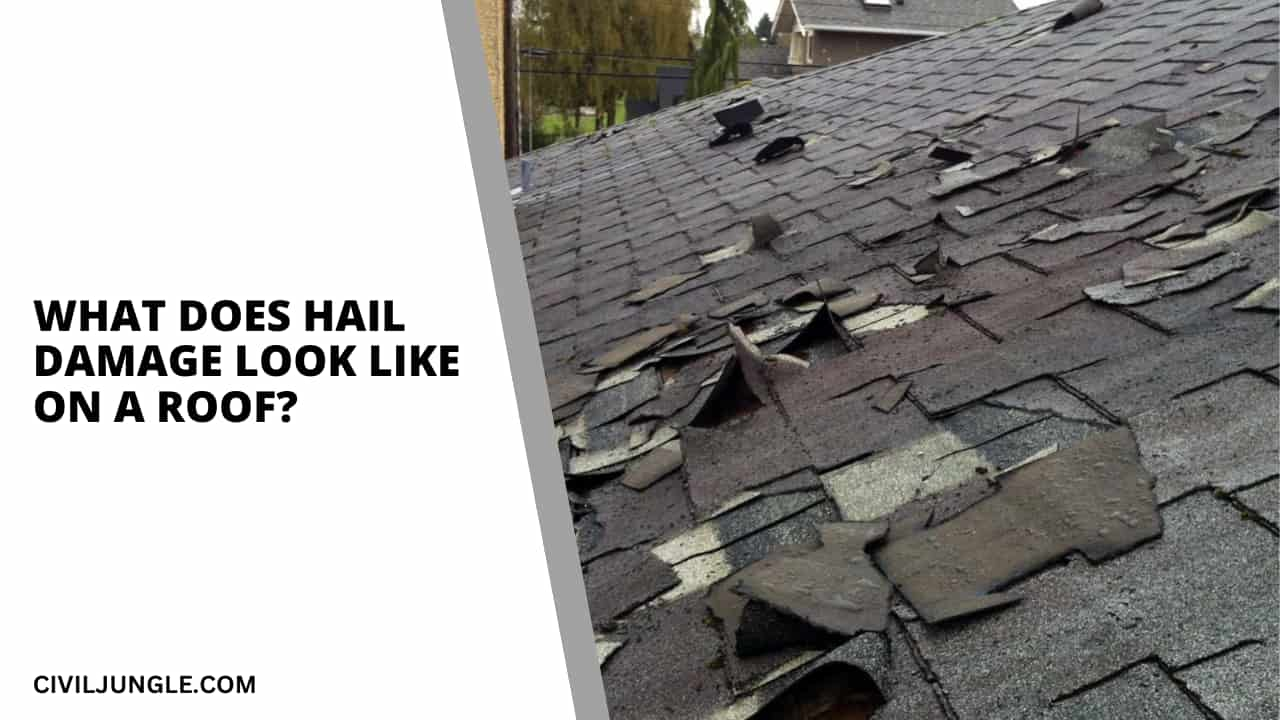
Generally, shingles of the roof react differently when they are struck by hail. For instance, what does hail damage look like on shingles? The impact on asphalt and composite shingles are different than wood shingles and hail.
So, it is mandatory and important to know about the types and intensity of damage to perfectly detect the damages for restoration and repair of roof shingles.
Identifying Hail Damage to Your Roof
Generally, hail damage is very vulnerable for the roof and roof covering materials, and hail damages create a huge impact on those roof covering materials as well as other properties.
A hail storm can be very destructive and dangerous. So, there are some factors to determine the impact of hailstorm damages, which affects the different types of shingles and roofing materials, those are-
1. Wind:
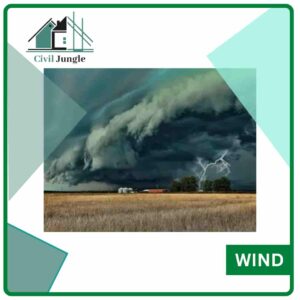
In the time of storm, the wind speed varies continuously; so, the direction and speed of wind are continuously changing. This changing direction of hail affects the location of roof shingles and other roofing materials.
2. Size and Density:
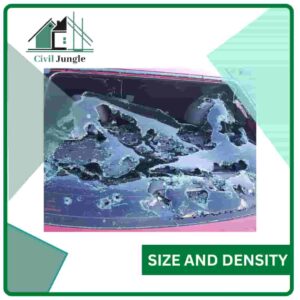
The intensity of the storm is directly proportional to the size and density of the hail; so, if the size of the hailstorm is more, then the damage is also serious.
Hail storms may be very small, or sometimes it is huge. Hailstorms carry hailstones that do not have smooth edges; so, the impact of those hailstones creates a deep impact on your roof shingles or roofing materials.
3. Building Materials:
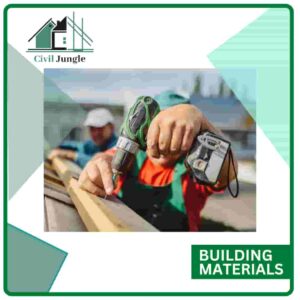
Building materials also play an important role. Different types of building materials absorb different hail impacts. Due to hail, dings in gutters, aluminum siding, asphalt shingles have happened. Wooden shingles or vinyl siding are also badly affected due to hail because they are not as strong as aluminum.
Hailstones are very dangerous, and small hailstones have enough capacity to damage a roof; so, the longevity of the roof could affect this effect. Hailstones do not have smooth edges, and they are rough and sharp enough to damage a roofing material easily.
4. Barriers:
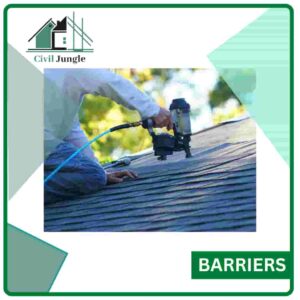
Barriers can protect your buildings or your property from dangerous hail damage. So, barriers like fences, homes near your house, natural barriers like tree covers, landscaping, etc. It can protect you from the hail damage effect.
Wood Shingles Hail Damage
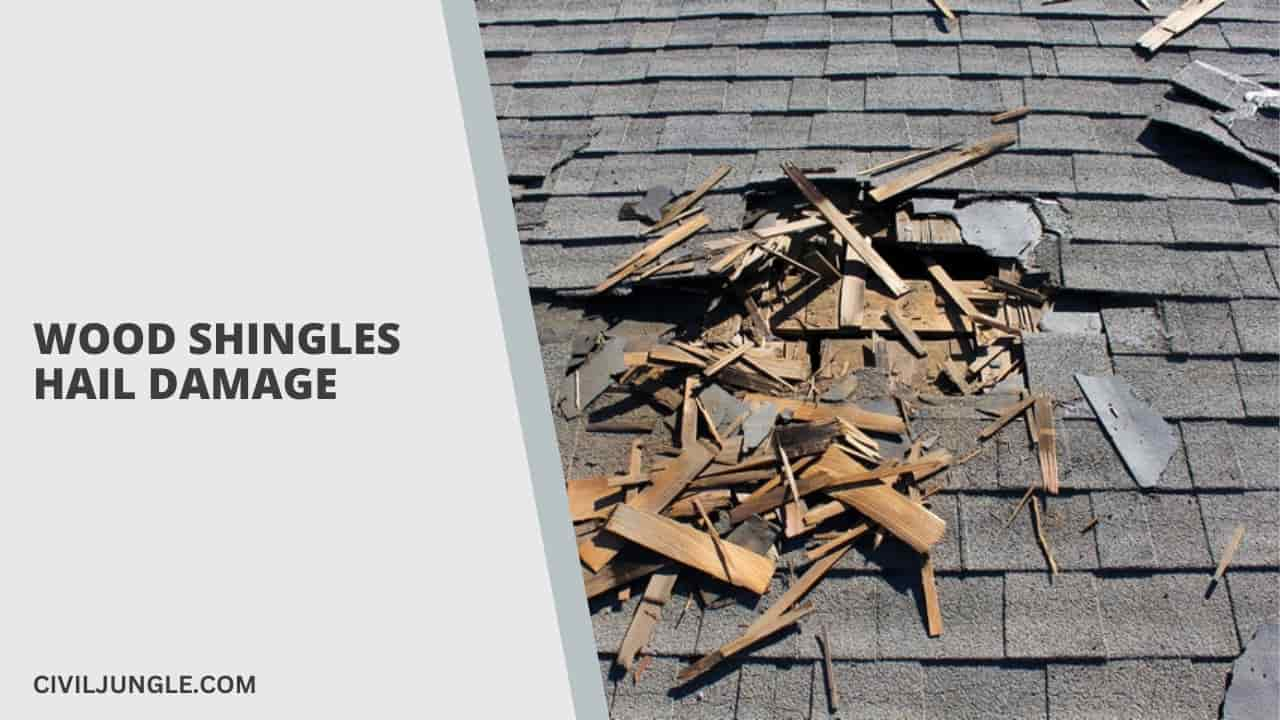
When considering what does hail damaged roof look like, wood shingles are easily damaged by hailstorms because they are very weak to resist that kind of storm.
Some effects of hail damage on wood shingles are-
- The wooden shingles will split, which are orange or brown in color.
- Hailstorm creates random damages on wooden shingles.
- Generally, split shingles have sharp edges and corners. Split in the shingle has been determined in the middle, but no damages at the edges of the shingles.
- Damage marks are seen along with the splits, and it also creates impact damages on the roof shingles or roofing materials.
Asphalt and Composition Shingles Hail Damage
Generally, composition shingles and hail are much harder and stronger than wooden shingles, they can even resist the hailstorm damage more perfectly and accurately, but there is also some damages are observed in asphalt or composition shingles, those are-
- Hail created a huge impact on the asphalt and composition shingles and turned it into the black in color.
- Random damage patterns are visible in the asphalt shingles after the hail.
- Due to hail, granules in asphalt get removed and become shiny in nature.
- It is also very harmful to the roof itself also.
- Sometimes, hail does not hit too much harder; it hits smoothly and creates less impact on the roof shingles like asphalt or composition shingles.
Conclusion of Hail Damage Look Like on a Roof
So, there are also some other types of roof damages like hail damages, but hail damage creates a lot of huge impacts. Normal weather conditions and sunlight make shingle brittle in nature, but hail does total different damage to the roof shingles.
Manufacturing defects shingles and some wear & tear damaged shingles like cracking, roof blistering vs hail damage, granular loss, etc. Are faced severe problems in the time of hail storms.
Frequently Asked Questions (FAQs)
What Are the Common Signs of Hail Damage on Roof Shingles?
Common signs include dents or dimples on asphalt shingles, splits or cracks in wood shingles, and granule loss making asphalt shingles look shiny.
How Can I Tell If Hail Damage Is Severe Enough to Require Roof Repair or Replacement?
Look for significant granule loss, deep cracks, or splits in the shingles. If the damage is widespread or if water leaks are present, it’s best to have a professional assessment.
What Factors Influence the Extent of Hail Damage to a Roof?
Factors include the size and density of hailstones, the wind speed and direction during the storm, the type of roofing materials, and the presence of any barriers like fences or trees.
Are Wood Shingles More Susceptible to Hail Damage Than Asphalt Shingles?
Yes, wood shingles are generally more vulnerable to hail damage due to their brittleness and tendency to crack under impact. Asphalt shingles, while more resilient, can still suffer from granule loss and impact damage.
Can Hail Damage Be Repaired, or Does It Always Require a Full Roof Replacement?
Minor hail damage can often be repaired, such as replacing individual damaged shingles. However, if there is extensive damage or if the roof’s structural integrity is compromised, a full replacement might be necessary.
How Does Hail Damage Affect the Longevity of a Roof?
Hail damage can reduce the lifespan of a roof by causing wear and tear that accelerates deterioration. Damage such as granule loss can lead to increased vulnerability to weather elements, shortening the roof’s lifespan.
What Should I Do If I Suspect My Roof Has Hail Damage?
Contact a professional roofing inspector to evaluate the damage. They can provide a thorough assessment and recommend appropriate repairs or replacements based on the extent of the damage.
How Can I Prevent Hail Damage to My Roof?
While it’s difficult to completely prevent hail damage, installing impact-resistant roofing materials and using barriers such as roof covers or shields can help minimize potential damage.

